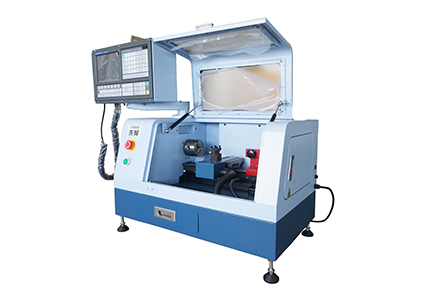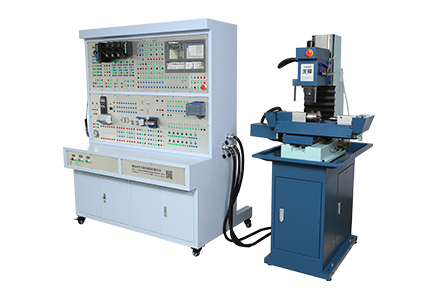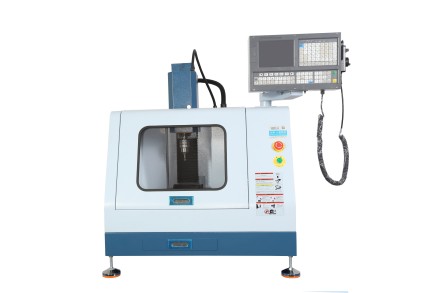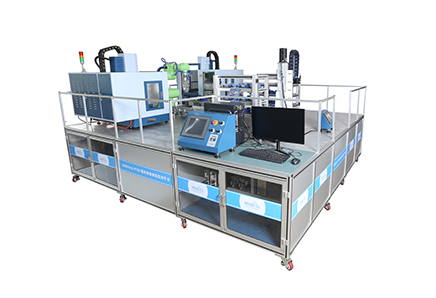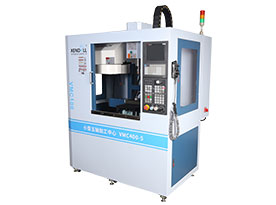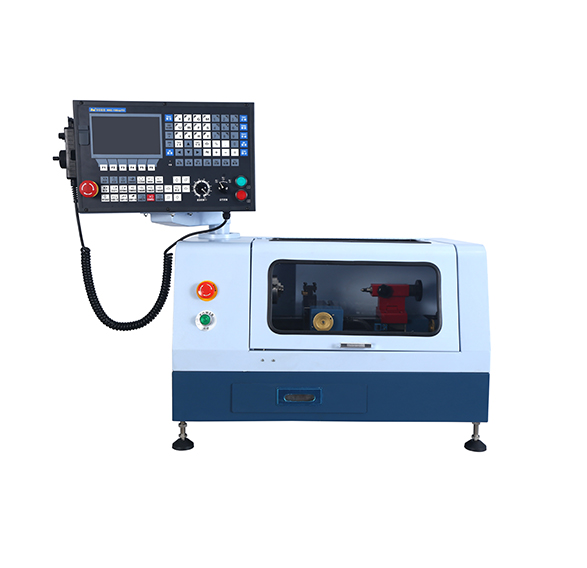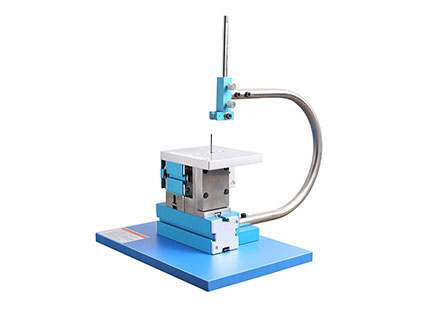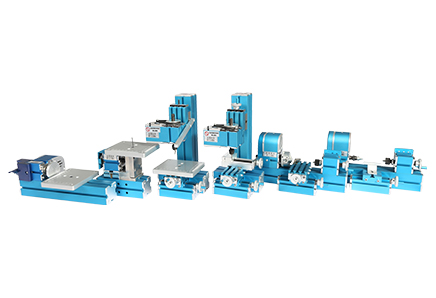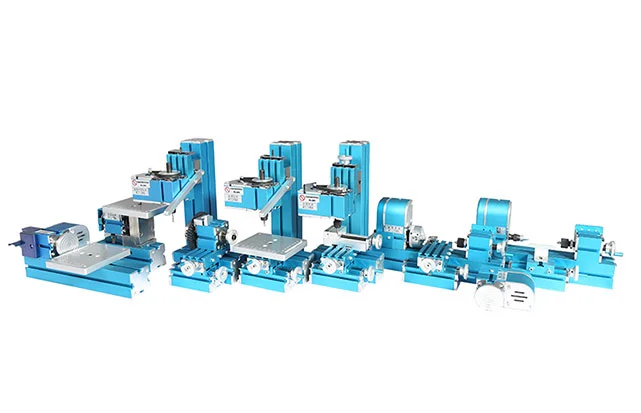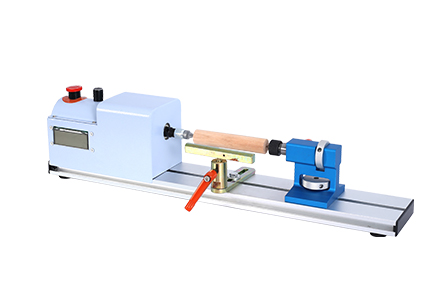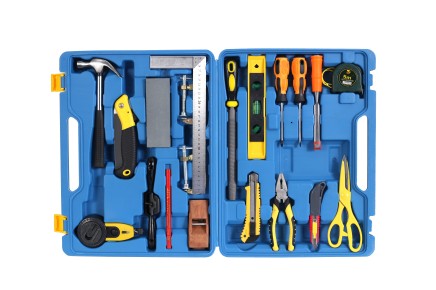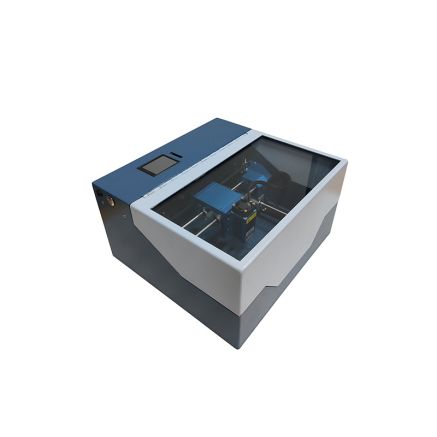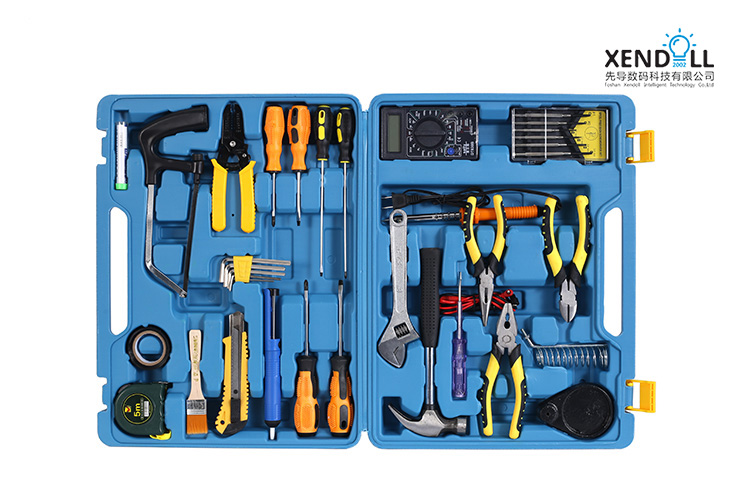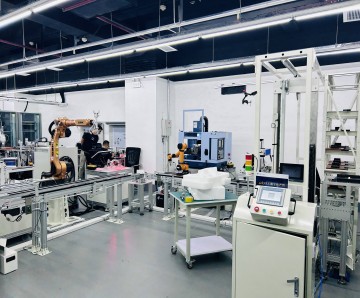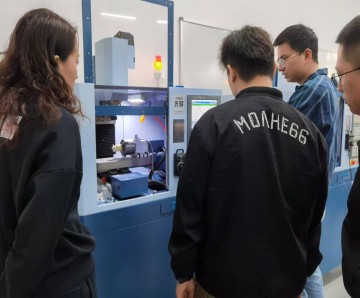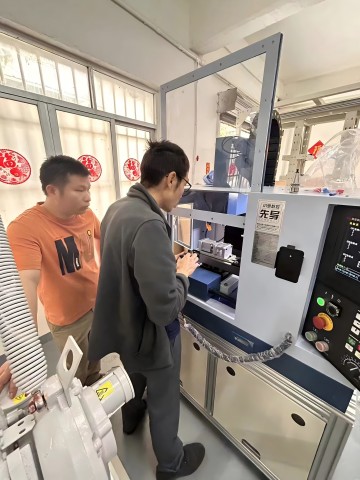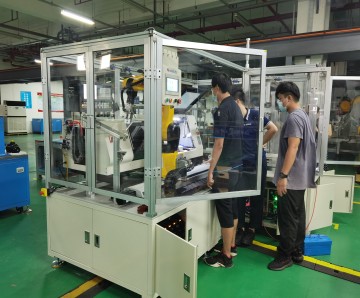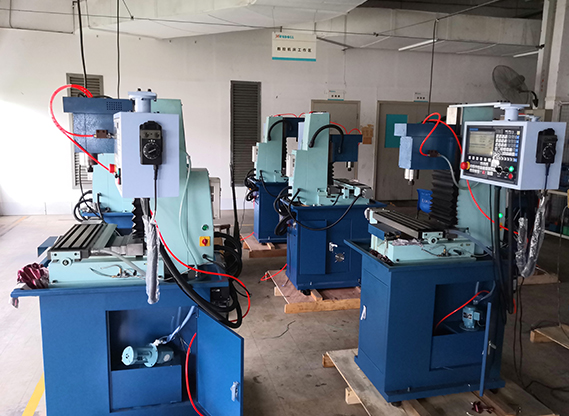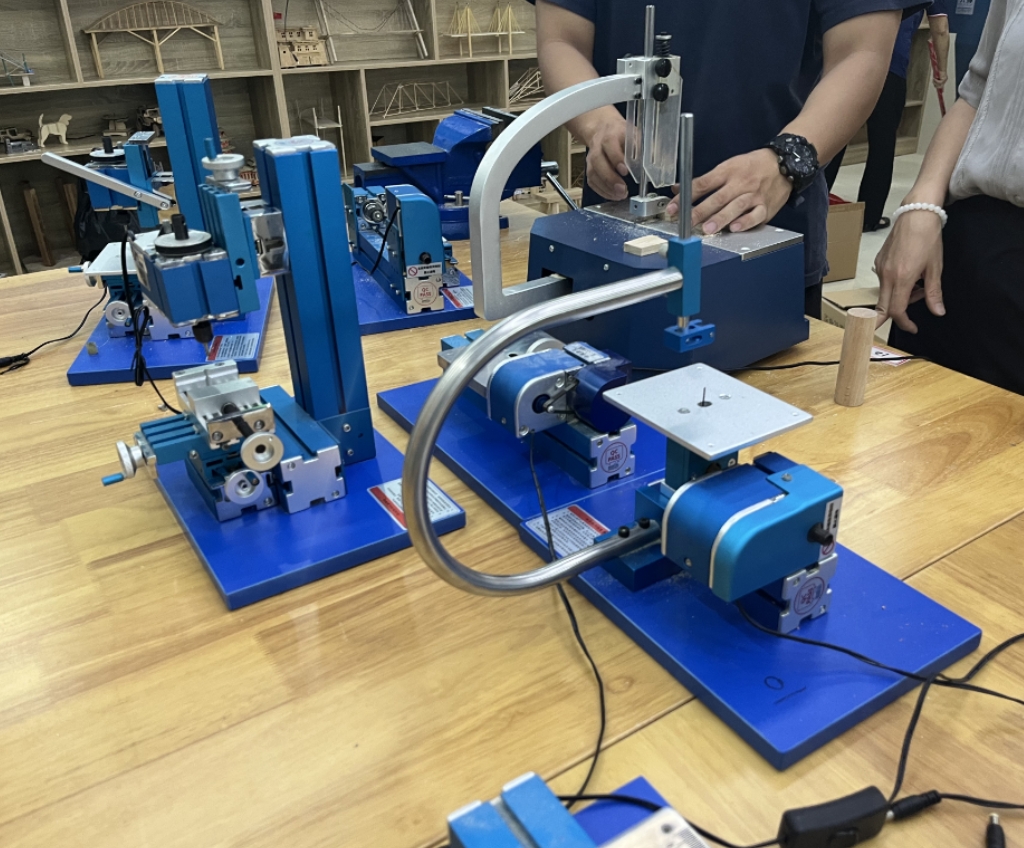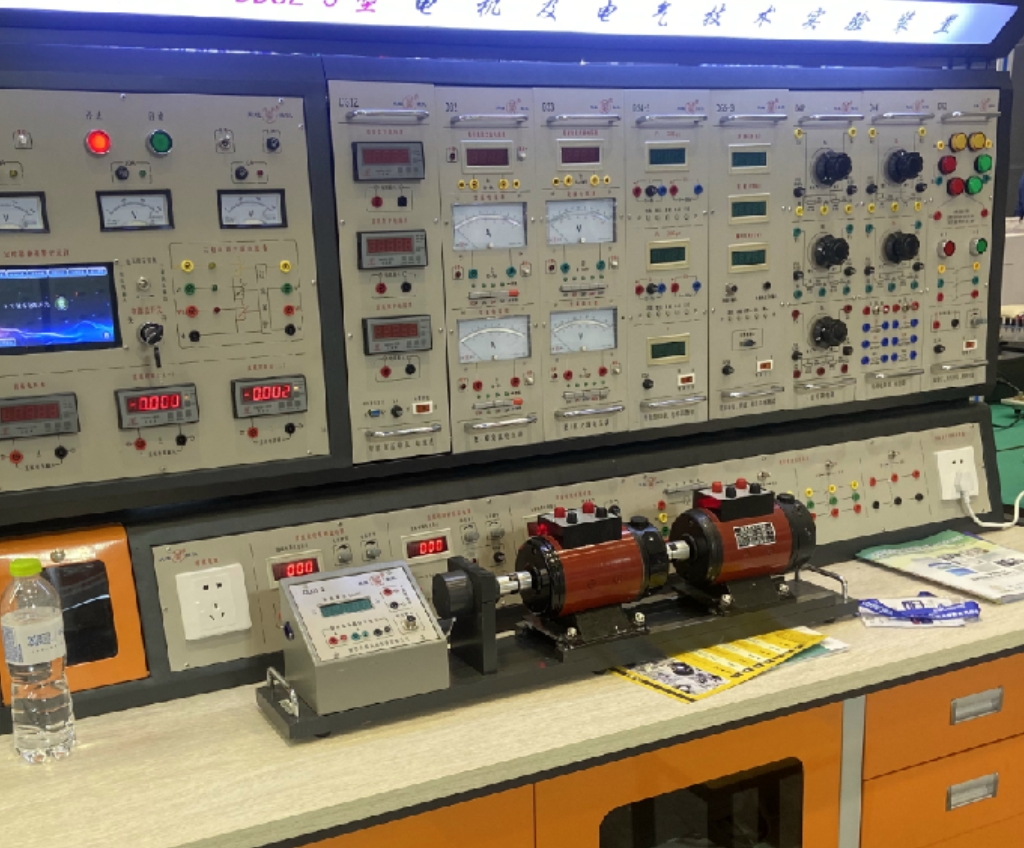Desktop five-axis machining centers are widely used for machining complex parts due to their high precision and flexibility. Different materials have unique characteristics and requirements during the machining process, making it crucial to understand the key considerations involved. This article explores important factors when machining metals, plastics, and composite materials on desktop five-axis machining centers, incorporating relevant technical terminology.
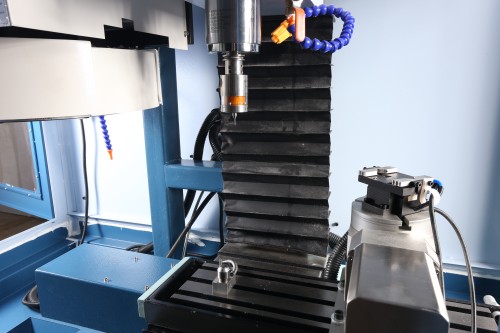
I. Machining Metal Materials
Material Properties
Metal materials such as aluminum alloys, copper alloys, and stainless steel exhibit different physical properties and cutting performances. Aluminum alloys have a lower cutting temperature and cutting force, while stainless steel, due to its high hardness and toughness, can generate significant cutting heat during machining.Selection of Cutting Parameters
When machining metals, the selection of cutting speed (S), feed rate (f), and depth of cut (ap) is critical. Aluminum alloys typically require higher cutting speeds and feed rates, whereas high-hardness stainless steel necessitates reduced cutting speeds to minimize tool wear and thermal damage.Tool Material
The choice of tool material is essential for metal machining. High-speed steel (HSS) tools are suitable for soft metals, while carbide tools are better for hard metals, enhancing cutting efficiency and extending tool life. Coated tools can significantly improve tool wear resistance.Cooling and Lubrication
The use of coolants and cutting fluids during metal machining helps lower cutting temperatures, reduce tool wear, and improve surface quality. Selecting the right coolant (such as water-soluble or oil-based cutting fluids) and optimizing the application system is vital.Vibration Control during Machining
Controlling machine vibrations is an important factor in improving machining precision. Effective strategies include the rational design of fixtures and adjusting cutting parameters, such as increasing the cutting width, to minimize vibration impact on machining quality.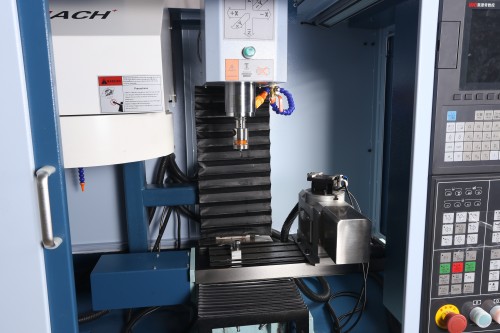
II. Machining Plastic Materials
Material Properties
Plastic materials such as polycarbonate (PC) and polyoxymethylene (POM) have good machinability and low hardness but are prone to thermal deformation and surface scratching during machining.Selection of Cutting Parameters
When machining plastics, it is advisable to use lower cutting speeds (S) and feed rates (f) to reduce friction heat and prevent material deformation. The cutting depth (ap) should also be adjusted based on the type of plastic (thermoplastic or thermosetting).Tool Selection
For plastic machining, using coated tools or specialized plastic cutting tools can enhance cutting performance and reduce adhesion issues. The geometry of the tools should be suited to the characteristics of the plastic materials to achieve better surface quality.Chip Removal
Plastics generate a large volume of chips during machining, which can easily adhere to the tools. Therefore, a well-designed chip removal system is essential to ensure a smooth cutting process.Static Electricity Prevention
Due to the tendency of plastic materials to generate static electricity, measures should be taken to prevent static accumulation, which can attract dust and affect machining precision.
III. Machining Composite Materials
Material Properties
Composite materials such as carbon fiber reinforced plastics (CFRP) and glass fiber reinforced plastics (GFRP) possess high strength and lightweight characteristics but are challenging to machine, with risks of fiber tearing and delamination during cutting.Selection of Cutting Parameters
When machining composite materials, cutting speeds (S) are typically kept low to reduce heat generation and material damage. The feed rate (f) should be optimized based on the specific material characteristics to ensure machining quality.Tool Material and Geometry
For composite machining, using carbide tools or superhard tools is recommended. The tool geometry (such as tip angle and cutting edge shape) should be tailored to the cutting characteristics of the composite materials to minimize damage to fibers.Cooling and Lubrication
Proper cooling and lubrication are crucial for composite material machining. Air cooling or mist cooling methods can be employed to prevent overheating and reduce tool wear.Machining Sequence and Strategy
A well-planned machining sequence is necessary for composite materials to avoid excessive cutting and stress concentration. Step-by-step machining and controlling cutting order can help reduce the risk of material damage.
Conclusion
When machining different materials on desktop five-axis machining centers, it is essential to choose suitable cutting parameters, tools, and cooling strategies based on the material properties to ensure machining efficiency and precision. A deeper understanding of the machining processes for metals, plastics, and composite materials enables operators to better leverage the advantages of the machines, improving product quality and production efficiency. As technology continues to evolve, ongoing research and practical application of these considerations will lead to further innovations and advancements in the five-axis machining industry.







